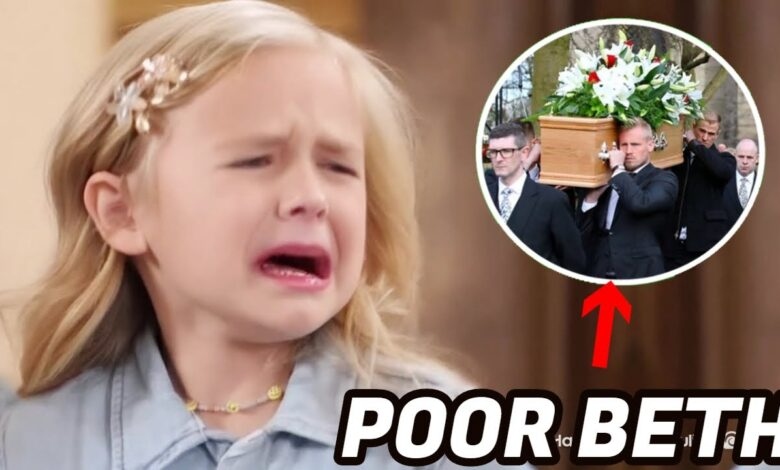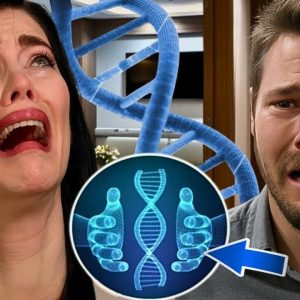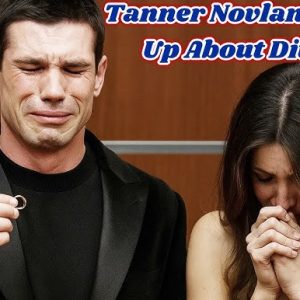CBS’s long-running soap opera The Bold and the Beautiful has recently introduced a narrative arc that examines the intricate web of emotional imbalance within family units. Central to this storyline is the death of Liam Spencer—a pivotal character whose final moments serve as both a tribute to paternal love and an indictment of its uneven distribution.
Liam’s Decline: Defying Medical Advice for a Final Promise
Despite being critically ill, Liam disregards medical counsel and chooses to leave the hospital, motivated by a deep desire to fulfill a long-standing promise to his daughter, Kelly. His objective: accompany her to a dance event they had planned together. Upon arrival, however, he is informed that the event has already concluded. The emotional weight of this missed opportunity visibly overwhelms him, further compounding years of perceived shortcomings in his relationship with Kelly.
Rather than surrender to regret, Liam improvises. He invites Kelly to dance with him in the living room, creating a deeply personal moment between father and daughter. The scene, while tender, functions as a metaphor for the fragility of time and the irreversibility of past decisions.
Terminal Collapse: Death Amid Intimacy
Tragedy strikes abruptly. During the dance, Liam collapses—his physical condition having deteriorated beyond recovery. Kelly’s reaction is one of immediate distress, her pleas for help echoing as Steffy Forrester arrives to witness Liam’s final moments. His death, framed within the confines of familial affection, punctuates a storyline that is as tragic as it is emotionally resonant.
The Aftermath: Grief, Disparity, and Unresolved Conflict
Liam’s funeral is presented as a solemn occasion, attended by family, friends, and associates. Yet beneath the overt mourning lies a subtler, more insidious undercurrent—resentment and alienation from his other daughter, Beth. While Kelly’s memories are dominated by affection and connection, Beth’s perspective is characterized by emotional neglect and paternal imbalance.
Beth’s quiet suffering stems from years of observing her father’s overt preference for Kelly. Liam’s passing crystallizes a long-standing emotional divide that leaves Beth grappling with feelings of abandonment. This dissonance is not merely grief—it is identity-altering. Her internal conflict sets a precedent for potential long-term character evolution driven by emotional trauma.
Hope and Steffy: Bridging the Divide
In the wake of Liam’s passing, Steffy and Hope—often adversaries in the show’s long-standing romantic and familial entanglements—find themselves in a forced coalition. Their mutual concern centers on preventing the perpetuation of emotional damage to their daughters. While Steffy empathizes with Beth’s pain, Hope faces the dual challenge of her own grief and her daughter’s increasing emotional isolation.
This alignment of maternal responsibilities introduces a new axis to the story. It repositions Steffy and Hope from rivals to reluctant co-strategists, jointly addressing the emotional legacy Liam left behind.
Legacy Analysis: The Cost of Unequal Affection
Liam’s narrative arc ends not with redemption, but with a stark illustration of the lasting damage that emotional favoritism can inflict within blended families. His actions, while rooted in love, left disproportionate emotional impacts on his children. Kelly’s sense of loss is clean, steeped in love. Beth’s grief, however, is tangled with betrayal.
The emotional fallout serves as a case study in unintentional parental neglect. As the series progresses, Beth’s evolving psychological state and strained familial bonds will likely continue to challenge the show’s characters and viewers alike.





